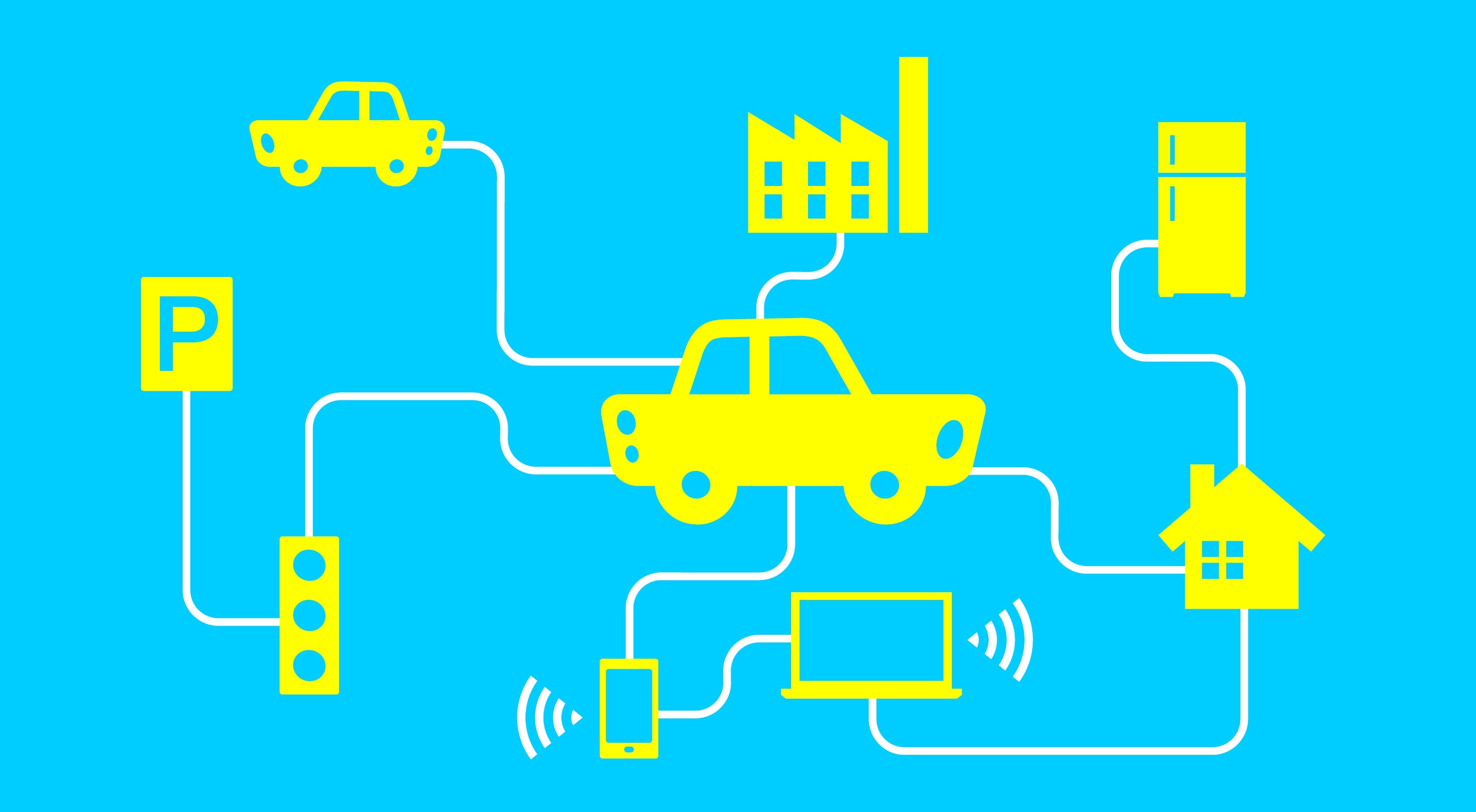
Did you know: For 13 percent of car buyers a new vehicle without internet access is a no-go? Obviously, no-go means no-buy. Thirteen percent! If I have ever seen a market demand, it is this. For sure, the industry will respond to that. The management consulting company Bain even expects that connected cars "will be the rule and not the exception" in just a few years.
Connected cars are just the beginning of an ever deeper customization. Original equipment manufacturers (OEM), are now challenged with providing even more customized offerings that will add benefit to customers driving experience as well as their expectations regarding lifecycle, warranty, mobility and next best offers.
We are talking about data. A lot of data to be more accurate.
More carry to load: how big is your trunk?
But let's take a look at the big picture first. If OEMs built connected cars they have not only the advantage that their customer will like the product, but they will also have the opportunity to analyze even more data from the cars, especially telematics data.
Plus, customers will have advantages they are not even aware of right now. Let's talk about “Car-to-X” communication, for example, which will provide a better future for cars on our streets as described in this video from Daimler.
Car-to-X technology from Mercedes BenzCars will be able to warn each other in a combined network about upcoming traffic jams, black ice or a nearby accident by analyzing real time data from the pool of all road users.
However, the challenge is: where, when and how such tremendous amounts of data can be analyzed. The Deutsche Telekom predicts that within the next couple of years the data generated per month per car will rise from 4MB to 5GB. At the same time, connected cars will represent about 80 percent of all new cars sold by 2016 according to a study by Oliver Wyman, another leading managements consulting company. That said, there will be about 210 million connected cars rolling on highways and we will be facing some serious big data wave rolling in our direction.
For the automotive industry, it really counts to filter the relevant information out of their big telematics data in order to get this data to a stage where it can be stored and combined with customer insight data, including social media data.
Start the engines!
Ever wondered how Google is doing its job? Well, they kind of have the whole web in their database. How do they handle their big data? And what can the automotive industry learn from the example?
Google's solution is a database technology that has become open source called Hadoop. It is easily accessible for everyone and easily scalable. We have published a lot about Hadoop in this blog recently. Enabling technologies such as Hadoop will give automotive companies the capability to store and analyze much bigger amounts of data in the future. To learn more about the development of Hadoop, be sure to read this article by my colleague Mark Torr. Theoretically, Hadoop could replace existing warehouse infrastructures but it is more likely that Hadoop will complete and work alongside traditional data warehouses.
While Hadoop adds more horsepower, you still need a wheel and a navigation system to reach your destination. We are talking analytics here, after all.
You have reached your destination!
With Hadoop your company can easily store any kind of data at a very low cost. That solves you first problem but leaves you with the next problem. Storing more data is one thing but figuring out what data is the right data can be an even bigger problem
This is where analytics comes in: Technologies like event stream processing can filter relevant data even within the car, allowing organizations to focus on the right data and reduce data amounts that have to be transferred from the car into a Hadoop cluster.
Thinking beyond profit and efficiency, these technologies can also provide health and safety benefits. There are massive opportunities to reduce life loss and injuries caused by car accidents, due to automotive operational faults by pre-detecting events of part failure in cars.
That will help to reduce customer repair costs due to automotive component failures and of course for truck or car fleets you can improve future quality control over the fleet and greatly improve customer satisfaction. Organizations can do this with real-time fault event prediction inside the vehicle.
Fault event prediction analyzes historical event data for causality identification to enable real-time failure prediction. Just imagine how many lives can be saved by having these predictive capabilities and ensuring failures are identified before they happen.
Why bring Hadoop to the driver's seat?
If you are a senior executive in the automotive Industry or you want to become one, let me tell you: The data from connected cars is not IT's problem. With the many business opportunities involved, this is your challenge to solve, and Hadoop is the answer for your challenges.
For sure, you need to have an understanding of what an easily accessible database can mean for you, your team or your company. Otherwise you are leaving the change management, the chance of innovation and the design of the transformation process to IT. And with all due respect, they might have other things in mind than developing solutions for the challenges you and your team are facing.
Interested in getting to know Hadoop? Register for a free, 30-minute webinar and learn about the challenges for your industry.

